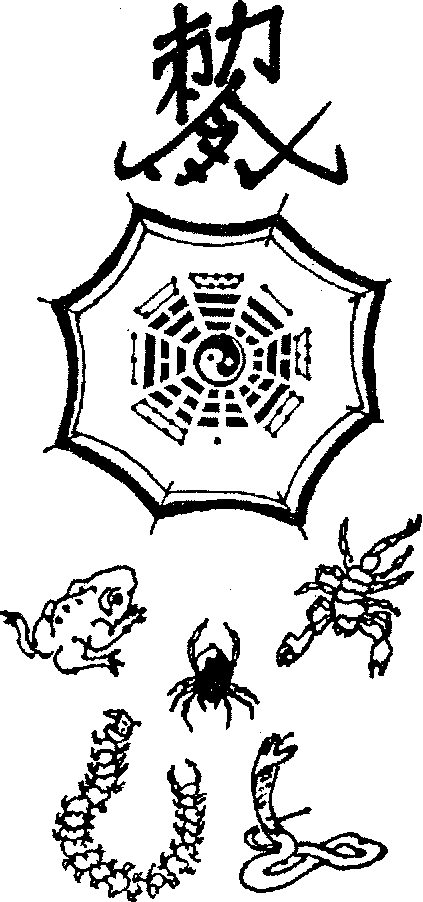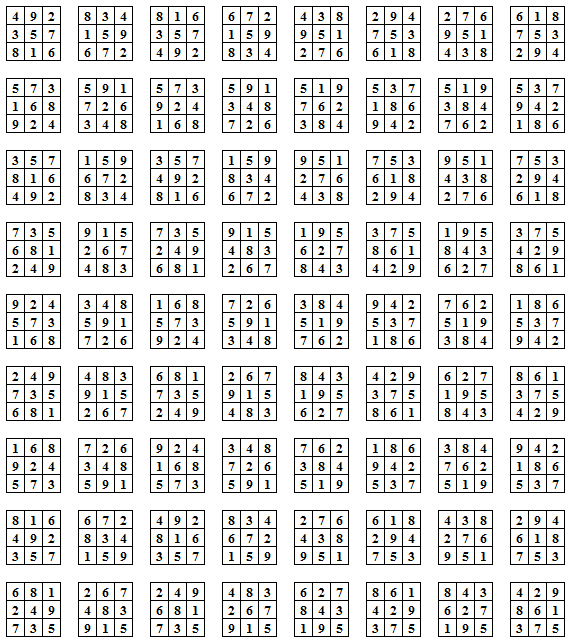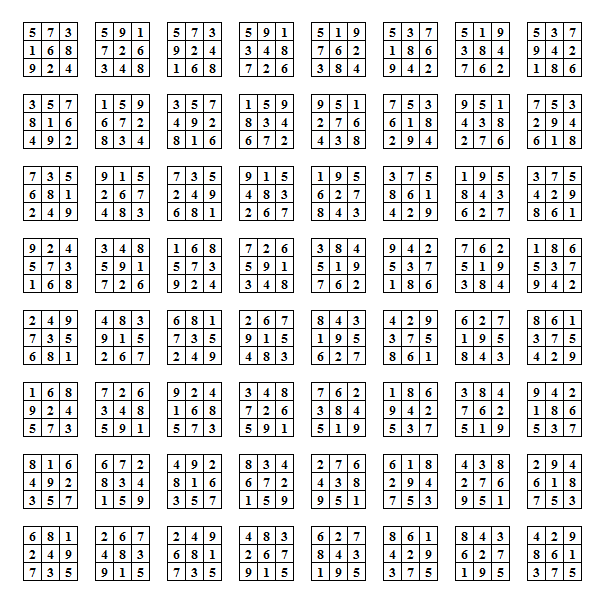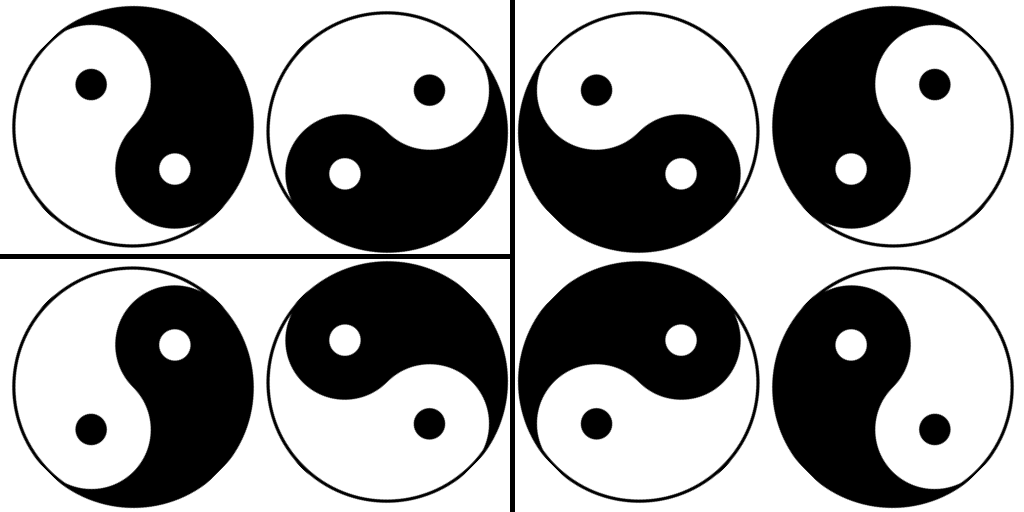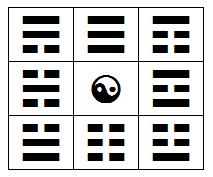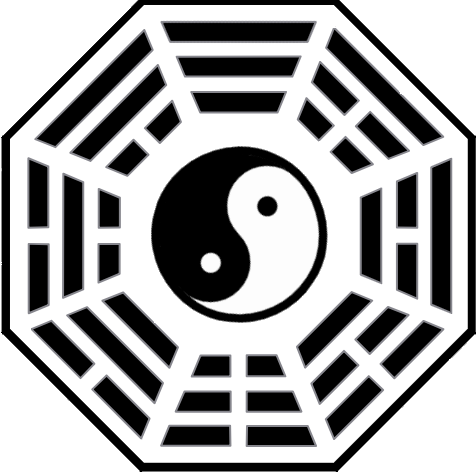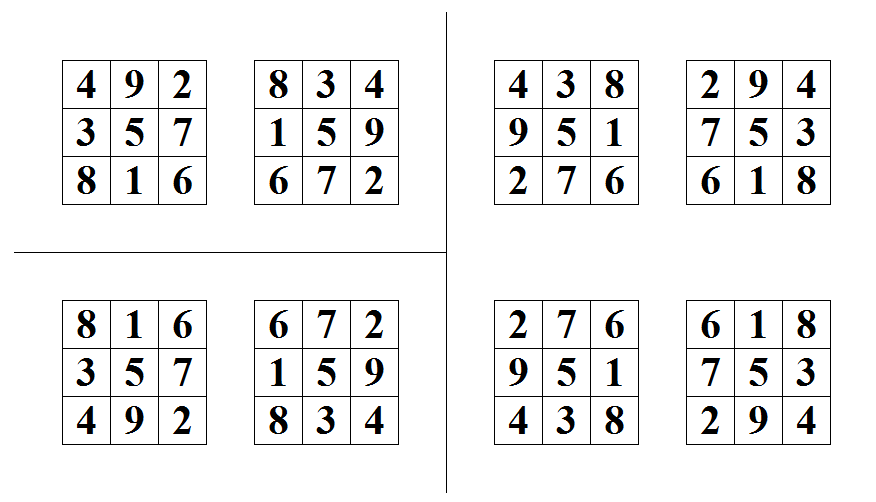You may have read or decided not to read the 120 days of Sodom by Sade. But have you ever wondered why he settled for that number of 120? Expanding on the path laid out by Boccacio and Chaucer, he sets four wealthy and powerful men to gather in a remote schloss to listen to five stories a day during one hundred and twenty days, thus writing down a catalogue of six hundred ‘passions’.
The stories telling part starts on the first day of November to end on the last day of February, so 30+31+31+28 gives 120, voila! As the narration continues until the first day of Spring when they can leave the snowed in schloss we know the story does not end on a leap year, even if “the 121 days of Sodom” would have been cool in a nerdy way.
As the novel goes those four wealthy and powerful men actually arrive at the schloss in the evening of October 29 and would not leave sooner than March 21. This tallies to 3+120+21 or 144 days. Coincidence? Well Sade never refers to one hundred and forty four as a number of days, but he tells us this is the count of female candidates gathered during the preparation to the reunion. Actually it seems so obsessed by this number that he messed up the explanation of this selection, giving 144 which is 16×9 as the total of gathering nine candidates for each of the sixteen french province plus Paris. Sadly he misses the correct count of one hundred and fifty three which is the sum from one to seventeen.
Life at the schloss follows a weekly routine, with a feast every saturday. Starting with the first “day” on sunday November First, the story proceeds during seventeen weeks plus one day, as the last feast is postponed to the following sunday for a total of one hundred and twenty days. As we already noticed that the story does not end on a leap year, it is possible to look further if there is some clue that would help identify the likely date of those fictional events.
In the introduction, Sade places the story at the end of Louis XIV reign ( who died in Septembre 1715) and close to the time when the Chambre de Justice prosecuted abusers of the royal finances (March 1716 to March 1717). Only two years have November first falling on Sunday while not being followed by a leap year: 1705 and 1716.
This means that the main events of the story take place from Sunday November 1 1716 to Sunday February 28 1717.
One last thing: this November first 2020 is a Sunday and 2021 is not a leap year.


